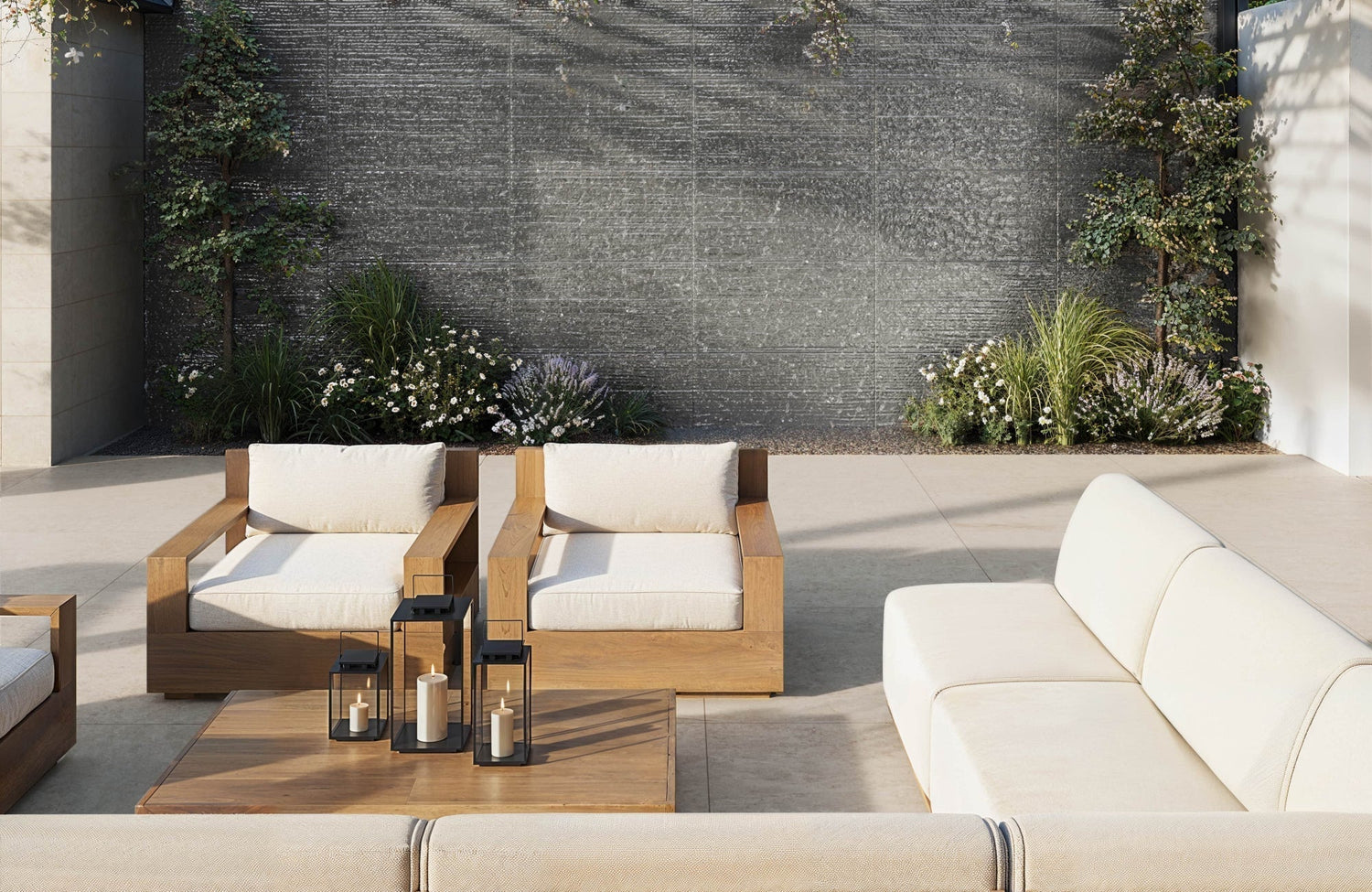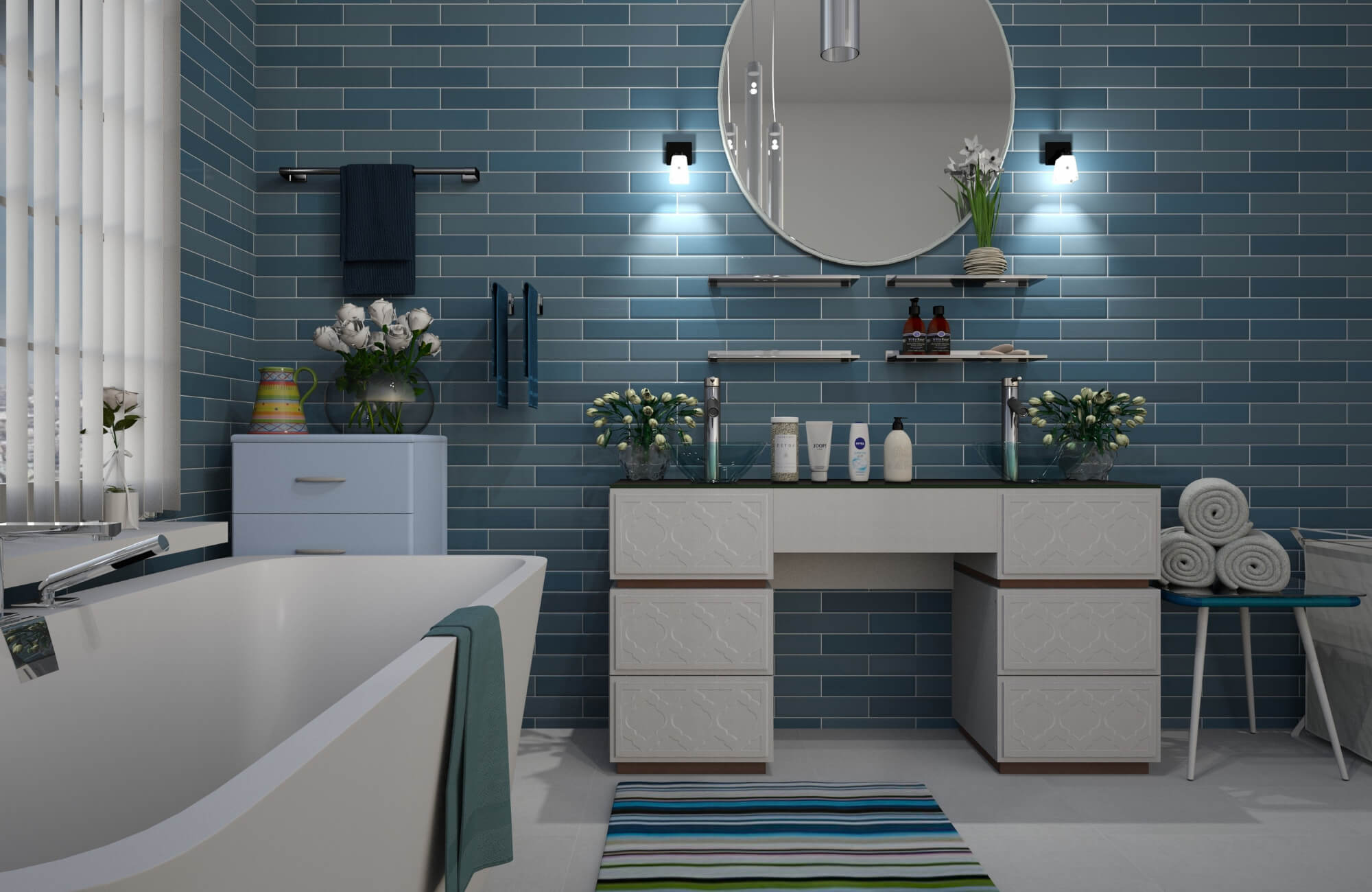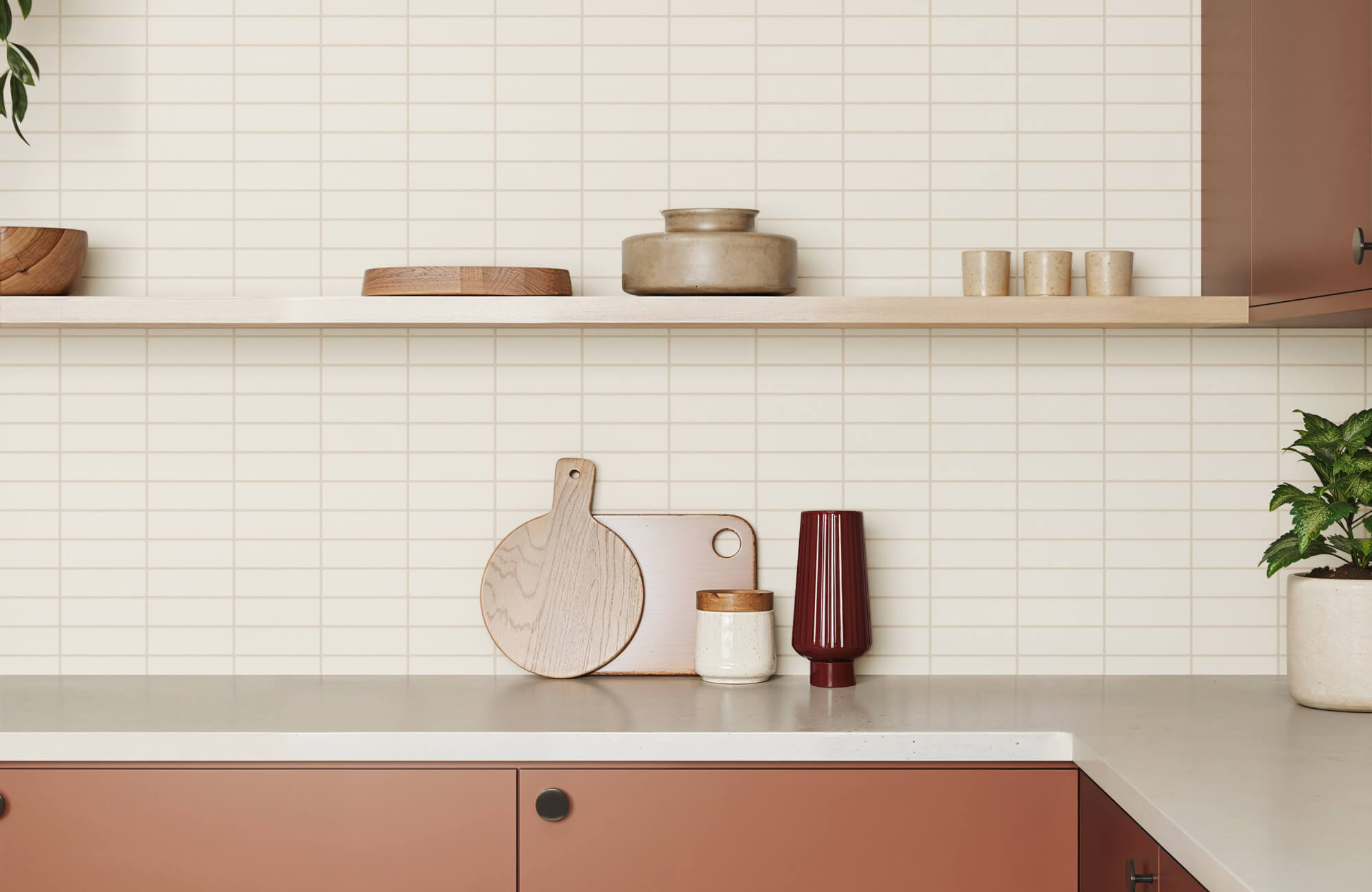We understand that you want confidence in your outdoor surfaces, so let’s explore just how durable outdoor porcelain tiles can be. In this article, we’ll guide you through every essential aspect, from how well these tiles withstand heavy loads and changing weather to their performance underfoot, resistance to stains, long‑term value, and design versatility. Along the way, we’ll share practical, easy‑to‑apply insights designed to help you feel confident and genuinely excited about choosing the perfect porcelain tiles for your outdoor space.

Durability Under Heavy Loads
When used outside, tiles need to handle everything from backyard gatherings to delivery vehicles. Let’s explore how well porcelain tiles stand up to constant pressure and real-world weight so you can choose tiles that won’t disappoint you or your guests.
Mechanical Strength
When we talk about mechanical strength, we’re referring to how much force a tile can endure before bending or breaking. Thankfully, porcelain tiles tested under EN 14411 standards offer reliable breaking-strength data, so higher ratings translate into better load-bearing performance. For patios or driveways that endure regular use, aim for tiles rated PEI 4 or PEI 5, as these specifications confirm they’re built to handle frequent stress. With these rigorous benchmarks in place, your porcelain tiles will stay crack-free even under heavy garden furniture or occasional vehicle movement.
Impact Resistance
While mechanical strength measures how porcelain tiles handle continual pressure, impact resistance reveals how well they hold up when something heavy is dropped or dragged across them. To handle these everyday scenarios, we recommend choosing porcelain tiles that are at least 10 mm thick; this added depth helps absorb sudden force and protects against cracking. Even in residential settings, that extra thickness goes a long way in resisting stress from falling tools or shifting outdoor furniture. For added durability, look for tiles specifically rated for impact resilience and install them over cushioned underlays that help reduce shock.
Taking this a step further, Edward Martin’s Carter 24×48 Grip Porcelain 2 cm Paver Tile in Stone, featured in the photo above, is an excellent example. At 2 cm thick, it’s twice the depth of standard porcelain tiles, offering remarkable toughness for outdoor areas that see frequent use. Its solid construction and grippy surface work together to deliver dependable strength and lasting stability, making it a smart, long-term solution for high-demand spaces.

Resistance to Weather and Climate
Outdoors, your tiles are exposed to the full range of elements, sun, rain, and freezing temperatures, so it’s essential to choose materials that stay resilient despite these changes. We'll examine how porcelain stands up to varying weather conditions to ensure your outdoor space remains reliable and long-lasting.
Freeze Thaw Cycles
When temperatures dip below freezing, outdoor surfaces can crack as water seeps into pores and expands upon freezing. Fortunately, porcelain tiles absorb less than 0.5% water, a feature that significantly lowers the risk of frost damage. Therefore, it’s wise to opt for tiles labeled frost-resistant, since this certification guarantees low porosity and high-temperature kiln firing. As a result, your patio remains intact and beautiful, even through harsh winter seasons.
UV and Heat Tolerance
Strong sun can fade colors and warp weaker materials, but outdoor porcelain remains true; its rich tones don’t dull, and it stays dimensionally stable even under intense heat. To be sure the style you choose can endure, place a sample on your terrace for a week or two; you’ll notice that UV exposure won’t dull the finish, and the tile won’t expand uncomfortably, even in direct sunlight.
Building on that, take a look at Edward Martin’s Ramsey 24×24 Grip Porcelain 2 cm Paver Tile in Putty, as shown in the photo above. Its substantial 2 cm thickness not only enhances visual appeal but also boosts thermal durability, effectively withstanding both sun exposure and temperature changes. The textured surface provides grip while its solid construction ensures it stays true to shape, making it an excellent, dependable choice for sun-exposed outdoor areas.

Slip and Surface Safety
Your outdoor flooring should feel secure underfoot, especially when it's wet or after a refreshing rain. Let’s walk through surface grip features and simple maintenance tips to ensure both you and your guests move around safely and confidently.
Surface Texture and Skid Resistance
Not all porcelain finishes offer the same level of slip resistance. Matte, sandblasted, and specially treated grip surfaces each provide varying degrees of traction. To ensure safety, choose tiles rated R10–R12 or those carrying a DIN51130 certification; these standards signal a reliable grip for pathways and pool decks, even when wet.
To bring this into focus, take a look at Edward Martin’s Bowden 24×24 Grip Porcelain 2 cm Paver in Canvas, featured in the photo above. Its textured design and substantial 2 cm thickness create excellent traction underfoot, especially around pool areas or garden paths. This porcelain tile not only performs well but also enhances your outdoor space, seamlessly merging style with safety and giving you peace of mind.
Maintenance and Contaminant Build Up
Before anything else, it’s important to follow the manufacturer's recommendations for both tiles and grout, as they know exactly which cleaning methods and products work best. Fortunately, porcelain is non-porous and doesn’t require sealing like natural stone, making upkeep straightforward.
To keep your outdoor space clean and safe, simply use a mild, non-abrasive cleaner mixed with water; no harsh chemicals are needed. Additionally, a weekly rinse and a gentle scrub for any slick or dirty areas usually do the trick. And if slipperiness returns, reapplying a non‑slip treatment each year can also help restore grip without affecting the tile’s appearance.

Stain Resistance and Chemical Durability
Outdoor spaces are prone to spills, fertilizers, and cleaning agents. Here, we explain how porcelain tiles resist stains and harsh chemicals to help you choose finishes that stay pristine.
Oil and Food Spills
Cooking messes, whether grease from the grill or drips from fizzy drinks, are no match for porcelain’s glazed, non‑porous surface. This protective layer prevents oil from seeping in, so quick cleanup is easy: just blot spills with kitchen paper and wash the area using warm water and mild detergent. Because the tile absorbs less than 0.5% water, stains won’t penetrate below the surface, and your patio looks fresh again after a few wipes.
For a real-world example of this resilience, consider Edward Martin’s Wren 24×24 Grip Porcelain 2 cm Paver Tile in Dune, featured in the photo above. Its durable surface and slight texture make it ideal for outdoor dining zones. It also shows how even active, everyday spaces can maintain a clean, stain-free appearance with minimal effort.
Chemical Exposure
Outdoor environments often bring exposure to pool chemicals, garden fertilizers, and cleaning agents. Porcelain stands out here, too. Glazed versions offer a sealed, slick surface that resists acidic substances, pool salts, and alkaline cleaners. On the other side, some inkjet-printed porcelain may contain micro-pores that invite deeper staining or chemical impact. To keep your tiles pristine, commit to neutral-pH cleaners, which clean effectively without eroding the glassy glaze. Also, steer clear of bleach or undiluted acids; such harsh chemicals can dull or damage the finish.
Longevity and Long-Term Cost Efficiency
We understand you're wondering whether porcelain tiles are truly worth the investment. Here, we compare lifespan, cost, and durability against other outdoor materials so you can make informed choices.
Lifespan vs Other Materials
Porcelain tiles shine in longevity, often lasting over 20 years even in demanding outdoor settings. In contrast, wood decking typically needs replacement after 10–15 years, concrete patios may crack within a decade, and composite decking, even with a 20–25-year lifespan, can also fade or scratch under constant use.
Cost Comparison
- Porcelain: $10.02–$16.46 / sq ft, higher upfront cost, but minimal upkeep makes it cost-effective over time.
- Wood Decking: $2–$9 / sq ft (varies by type); adds $2.25–$5 / sq ft per year in maintenance.
- Composite Decking: $6–$17 / sq ft, lower long-term labor costs, but may not match porcelain’s durability.
- Concrete Patio: $4–$15 / sq ft, inexpensive initially, but prone to cracking and ongoing repairs.
Despite porcelain’s higher initial cost, its long-term durability and low maintenance translate into greater savings. When you’re planning an outdoor space to last, porcelain is a strong investment in both performance and economic sense.
Warranty and Brand Quality
Another key indicator of a tile’s longevity is the warranty. Manufacturers that offer extended outdoor warranties often do so because they stand behind the strength and quality of their products. To ensure you're getting that level of reliability, look for tiles certified under standards like ISO13006, which confirms consistent manufacturing quality. Just as important, make sure to follow the brand’s installation guidelines closely; proper setup not only maximizes performance but also protects your warranty coverage over the years.

Designer Considerations and Performance
When thinking about strength, durability tends to get all the attention, but design plays a big role too. The size and layout of your tiles, along with how they interact with built-in features, all affect how reliable your outdoor surface will be over time. We'll explore design choices that support both aesthetics and structural integrity, and show you how to preview them in your space before committing.
Design Flexibility and Size Choices
Larger format tiles, such as 60×60 cm or 80×80 cm, can create a bold, seamless look, but they require extra care during installation to avoid bending or stress. That’s why we recommend using thicker tiles, strong adhesive mortar, staggered patterns for even load distribution, and precision spacers to maintain consistent grout lines that enhance both beauty and durability.
A prime example is Edward Martin’s Carter 24×48 Grip Porcelain 2 cm Paver Tile in Fossil, shown in the photo above. Its oversized format and substantial thickness not only look impressive, but they also boost structural resilience, demonstrating how thoughtful tile dimensions and installation elevate both design and longevity.
Integration of Built‑In Elements
Many outdoor spaces include built-ins like seating walls, fire pits, or planters. Although it might seem easier to tile directly over them, this can cause uneven load distribution and increase the risk of cracking over time. A smarter approach is to install built-ins on their footings, completely separate from the tile system. That way, each surface supports itself, protecting both your tiles and your aesthetic vision in the long run.
To make these design decisions easier, try our AR preview tool. It lets you visualize different tile sizes, patterns, and how they’ll look next to built-ins, all within your own outdoor space. That way, you can also ensure your design is both visually stunning and structurally sound before you begin.
Long‑Term Strength of Outdoor Porcelain Tiles
After exploring load-bearing strength, weather resistance, slip safety, stain protection, cost effectiveness, and design adaptability, the verdict is clear: outdoor porcelain tiles are impressively strong. Their high durability, driven by superior mechanical and impact resistance, along with low water absorption and UV stability, makes them ideal for patios, walkways, and other outdoor areas. When properly installed and maintained, these tiles often last over 20 years, offering exceptional value for years to come.
Thinking about upgrading your outdoor space or need help selecting the right porcelain tiles? Contact us today. Our team is ready to support you through every step, from material selection to installation, helping you create a beautiful, long-lasting surface you’ll enjoy for years.








